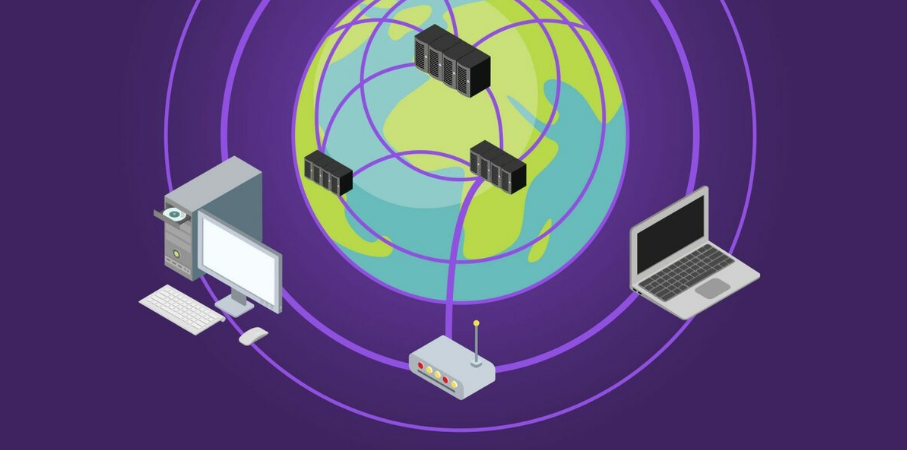Proxy chains
What are chains of proxy servers and where can they come in handy?

In the modern world, the issue of anonymity, network security, and the quality/speed of its connection is the most relevant. We will not go into the sources of the causes of these issues, but in this article, we will talk about ways to solve them using proxy servers.
Where chains of proxy servers can come in handy?
When accessing various web resources, social networks, logging in to games, and other applications, your machine sends a request to these web resources for interaction. And everything would be fine, but at the same time information about your IP address is sent in this data chain, and it is individual for each user. If attackers receive this data for a variety of purposes: they can connect to your device and steal your data, ranging from harmless correspondence to bank card data. Sending malicious programs and applications (viruses) to your devices will become quite a common scheme of influence. Unfortunately, antiviruses do not always save from such situations. To prevent this from happening to you, we recommend using chains of proxy servers that have their unique IP addresses.
In addition, you can add to the functionality of proxy chains:
- Ensuring online anonymity
- Improve the quality and speed of your network connection
- Ignoring many blockings, both regional and local, and so on.
- Dispose of advertising banners while working with browsers;
- Hide your geodata by replacing them with your own.
Since we have dealt with the general functionality of chains of proxy servers, we can move on to the principle of their operation.
What is the principle of operation of cascading connections?

Chains of proxy servers are called cascading connections, which is when one proxy server begins to interact with another, through a connection. In such an uncomplicated way, the first proxy server connects to the second one, and then to the third one, and by this mechanism, a whole chain of proxy servers is formed. It is worth adding that the cascading connection can be either from a proxy of the same type or maybe using different types of proxies.
Cascading proxies work according to their ICP data exchange protocols. In addition, chains of proxy servers use separate IP addresses:
- in_addr;
- out_addr.
in_addr is a type of IP address that is entered in the web browser settings, and out_addr is shown on the web page in the REMOTE_ADDR line.
Cascading proxies can be implemented using several options. When your goal is to visit web pages, it is enough to use an anonymizer or CGI proxy. When, in addition to visiting, it becomes necessary to use a mailbox or send posts on forums, then anonymizers or proxy chains will suit you.

The most difficult option will be the principle of building a chain with an HTTP proxy. It so happened because in this case, special programs are needed to merge, for example, HTTPort / ProxyChain and others. To do this, you need to implement request tunneling. It can be implemented using a virtual tunnel that goes through the proxy base to the website. An important point will be that the proxy server can support a protocol such as HTTPS.
To make cascading proxies from Socks proxies, special programs are also needed. The simplest cascading connections will be chains from CGI. To implement something like this, we do not need special programs.
As for cascading from proxies of different types, it is important to remember that you need to maintain a certain order, there are combinations of this kind:
- SOCKS proxy > CGI proxy
- HTTPS proxy > SOCKS proxy
- HTTPS proxy > SOCKS proxy > CGI proxy
- SOCKS proxy > HTTPS proxy
- SOCKS proxy > HTTPS proxy > CGI proxy
- HTTPS Proxy > CGI Proxy
Theoretical disadvantages that users of cascading proxy connections may encounter
It would not be very fair to paint only positive features and not mention the possible difficulties in implementing chains of proxy servers.
Imagine you have a list of proxies, you need to create a chain of proxies from it. Let’s figure it out step by step. There are situations where some proxy servers do not want to and do not support cascading connections of proxy servers (in other words, they do not want to become intermediaries in the chain). How do identify such servers? Unfortunately, oddly enough, the most convenient way in this matter will be the “scientific poke method”, which is also a “finger to the sky”, it is also “at random”. You can try to get confused with this process and refer to the proxy documentation, try to find out if support supports cascading, and so on, but it will still take longer than just trying to set it up yourself.